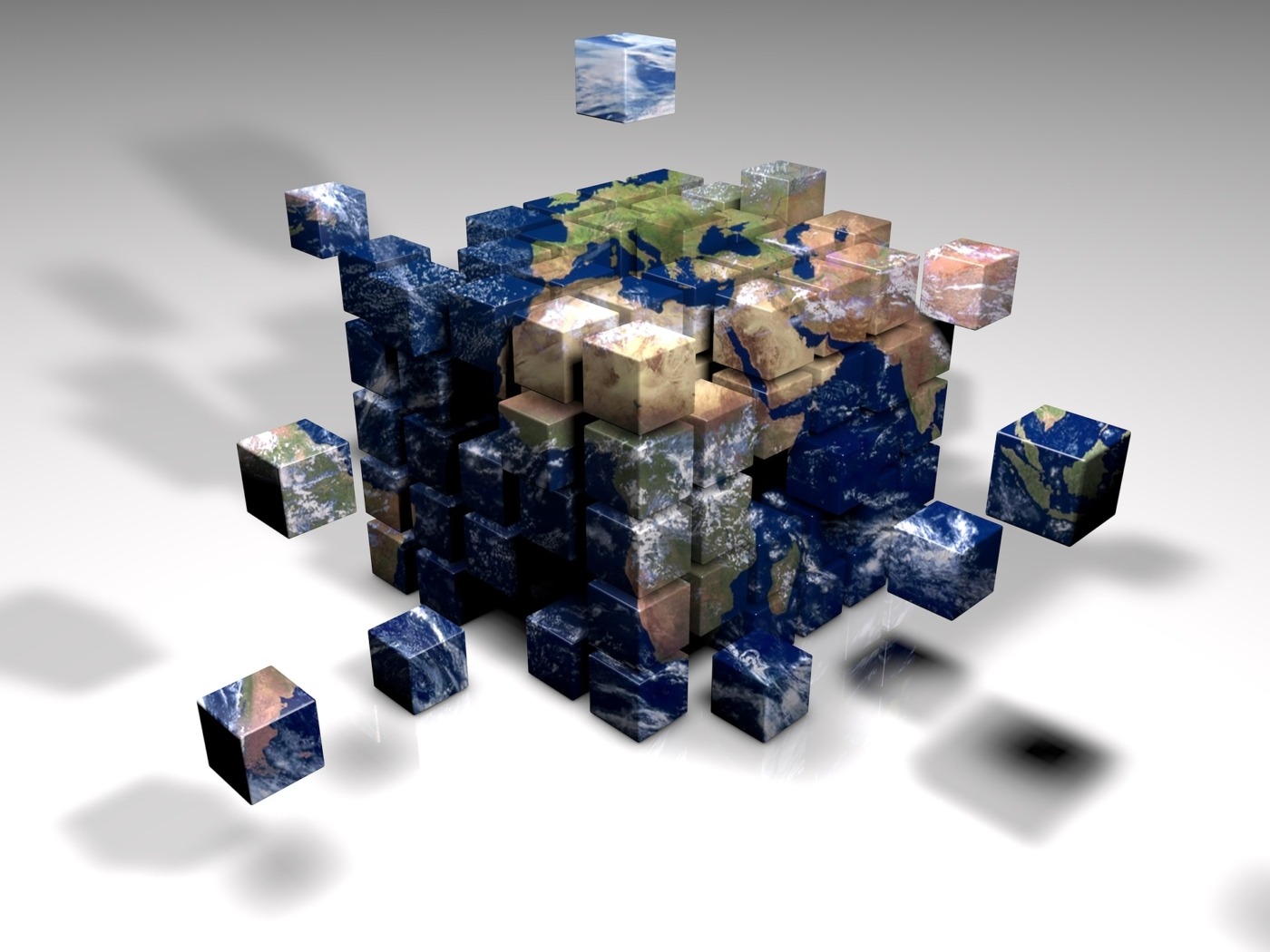On average, Earth is made of cubes
Back in the fifth century B.C.E., the Greek philosopher Plato conceived a certain model of the universe. He believed it was made up of five different types of matter: earth, air, fire, water and cosmos, and that each of these was described with a particular geometry. These shapes were known as platonic solids, and the cube was assigned as the shape that described earth.
Science has moved ahead, but recent research suggests he may have been more correct than he ever knew – a team from the University of Pennsylvania, Budapest University or Technology and Economics, and the University of Debrecen have demonstrated that the average shape of rocks on Earth is indeed the cube.
Douglas Jerolmack, a geophysicist at Pennsylvania, said: “Plato is widely recognised as the first person to develop the concept of an atom, the idea that matter is composed of some indivisible component at the smallest scale. But that understanding was only conceptual; nothing about our modern understanding of atoms derives from what Plato told us. The interesting thing here is that what we find with rock, or earth, is that there is more than a conceptual lineage back to Plato. It turns out that Plato’s conception about the element earth being made up of cubes is, literally, the statistical average model for real earth. And that is just mind-blowing.”
The mathematician Gábor Domokos developed geometric models that indicated natural rocks would fragment into cubic shapes. Part of the understanding is that the components of a formely solid object must fit together without any gaps. There’s only one platonic solid that fufills this condition, and it’s the cube. Domokos said: “This paper is the result of three years of serious thinking and work, but it comes back to one core idea. If you take a three-dimensional polyhedral shape, slice it randomly into two fragments and then slice these fragments again and again, you get a vast number of different polyhedral shapes. But in an average sense, the resulting shape of the fragments is a cube.”
There’s only one platonic solid that fulfills this condition, and it’s the cube
After composing a mathematical model, the team measured a wide variety of rocks, hundreds that they collected specifically for this study and thousands that were previously measured. The measurements were generally a good fit to the cubic average, no matter whether the rocks had natural weathering or if they had been dynamited out by humans. There were some special exceptions, but these were generally rarer and still encompassed by the team’s mathematical conception of fragmentation – Giant’s Causeway in Northern Ireland is one example.
Jerolmack explained: “The world is a messy place. Nine times out of 10, if a rock gets pulled apart or squeezed or sheared – and usually these forces are happening together – you end up with fragments which are, on average, cubic shapes. It’s only if you have a very special stress condition that you get something else. The earth just doesn’t do this often.” For the team, these findings are important on both a terrestrial and extra-terrestrial basis – the same principles apply to geological processes around the solar system, as ice and rocks frequently smash together. The researchers also explored fragmentation in two dimensions (or thin surfaces that function as such, including the earth’s crust). These fragments are equally likely to produce a rectangle or a hexagon, and these findings support the idea that the crust’s fragmentation pattern results from plate tectonics. This is hugely important, as it could help predict phenomenon such as rock fall hazards and the location of fluid flows.
As Jerolmack explains, uniting this contemporary science and maths with a millennia-old prediction has been hugely satisfying. He said: “When you pick up a rock in nature, it’s not a perfect cube, but each one is a kind of statistical shadow of a cube. It calls to mind Plato’s allegory of the cave. He posited an idealised form that was essential for understanding the universe, but all we see are distorted shadows of that perfect form.”

Comments